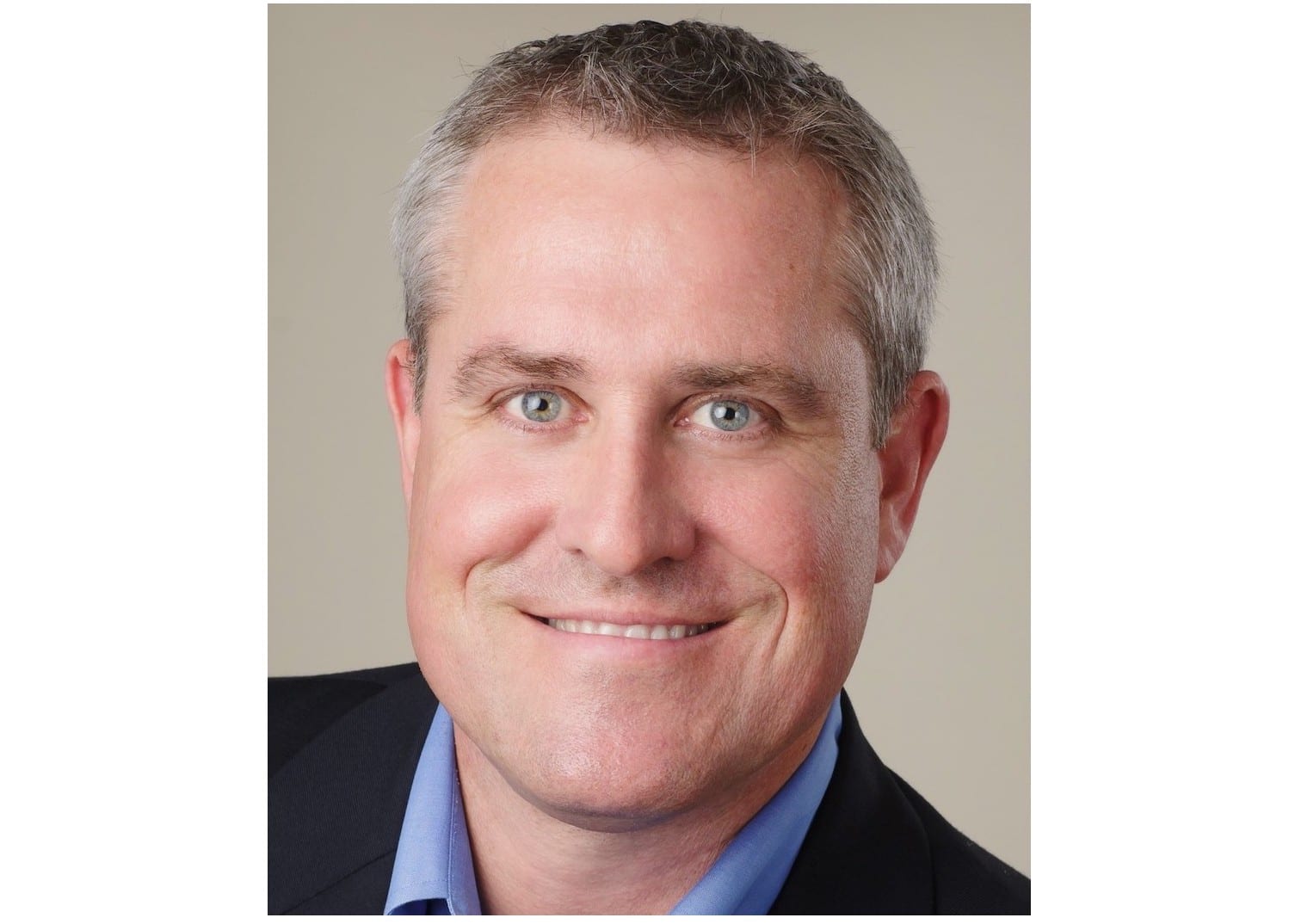
Tom King CFP, CLU, AEP is Registered Principal of King Financial Partners in State College

Tom King CFP, CLU, AEP is Registered Principal of King Financial Partners in State College
For those nearing or living in retirement, the Federal Reserve’s decision to keep interest rates lower for longer may trigger a hunt for yield.
In this environment of ultra-low interest rates, investments like Treasury bonds aren’t yielding much, with CDs and money market accounts following suit. However, there are still opportunities available for those eyeing a shift into less risky assets. Patience, calm and perspective can help you navigate the terrain.

Brush off generic advice
If you don’t yet have a financial strategy for retirement, you’re not alone. Nearly 46% of retirees surveyed amid the pandemic said they don’t have a plan, according to the Transamerica Center for Retirement Studies.
A modest 12% of retirees said they had a strategy in writing. Others may plan to rely on catchall advice such as “own your age in bonds,” swapping the growth potential and risk of stocks for relatively stable bonds as you get closer to leaving the workforce. But this tip is much less useful today – and perhaps never was.
Instead, professionals such as myself recommend a goals-based strategy that allows you to align your time horizon and your investment mix, helping you calibrate the amount of risk you’re willing to take. Such fine-tuning becomes more essential in an era of low rates and market volatility.
See the silver lining in bonds
For years, conservative investors have been challenged by low short-term interest rates. Should they begin to rise, fixed income investors will be reminded of the inverse relationship of bond values and interest rates. As interest rates start inching up, bond prices generally decline. This has some investors sitting on the sidelines waiting for that to happen.
What these investors are forgetting is that high-quality bonds, such as investment-grade bonds, still provide predictable income no matter which direction interest rates go. The “fixed” nature of individual bonds gives investors a choice to simply hold their bonds to the maturity date and receive par value should interest rates rise.
“As the equity markets hit record highs on a regular basis, it is important to remind yourself why you allocate a percentage of your assets to fixed income,” Doug Drabik, managing director of Raymond James fixed income research, wrote in January. “Most important is preserving the wealth you just accumulated.” The thinking goes like this: When the funds you’ve earmarked for short-term needs are invested in low-risk, low-volatility investments, you may feel more comfortable taking on risk in the rest of your portfolio.
Combine multiple income streams
During our working years, we become accustomed to relying on a single paycheck. But in retirement, creating diverse sources of money becomes key. There’s Social Security, of course, but think bigger. Rental income, real estate, 401(k)s and IRAs, company-funded pensions, part-time work and investment income from bonds and dividend stocks can play a part in funding your preferred retirement lifestyle.
Like a stone in a pond
“At all times, in all markets, in all parts of the world, the tiniest change in [interest] rates changes the value of every financial asset.”
Though famed investor Warren Buffett spoke these words decades ago, they have extra resonance in the current investing landscape. With a thoughtful, documented retirement strategy and smart diversification, you can be prepared for the ripple effect of rates.
Tom King CFP®, CLU®, AEP® is Registered Principal of King Financial Partners (222 Blue Course Dr., State College, PA). King Financial is a team of credentialed professionals specializing in retirement, investment management, wealth transfer, and estate planning. Tom can be reached at [email protected] or (814) 234-3300.
Investing involves risk and investors may incur a profit or a loss. Bond prices and yields are subject to change based upon market conditions and availability. If bonds are sold prior to maturity, you may receive more or less than your initial investment. There is an inverse relationship between interest rate movements and fixed income prices. Generally, when interest rates rise, fixed income prices fall, and when interest rates fall, fixed income prices rise. Links are being provided for information purposes only. Raymond James is not affiliated with and does not endorse, authorize or sponsor any of the listed websites or their respective sponsors. Raymond James is not responsible for the content of any website or the collection or use of information regarding any website’s users and/or members. Sources: Raymond James Commentary & Insights Raymond James Fixed Income Research, Pew Research Center; 2020 Transamerica Retirement Survey of Retirees, Fortune magazine
Securities offered through Raymond James Financial Services, Inc., member FINRA/SIPC.© 2021 Raymond James Financial Services, Inc., member FINRA/SIPC. Investment advisory services offered through Raymond James Financial Services Advisors, Inc. King Financial Partners is not a registered broker/dealer and is independent of Raymond James Financial Services.
Receive all the latest news and events right to your inbox.

80% of consumers turn to directories with reviews to find a local business.